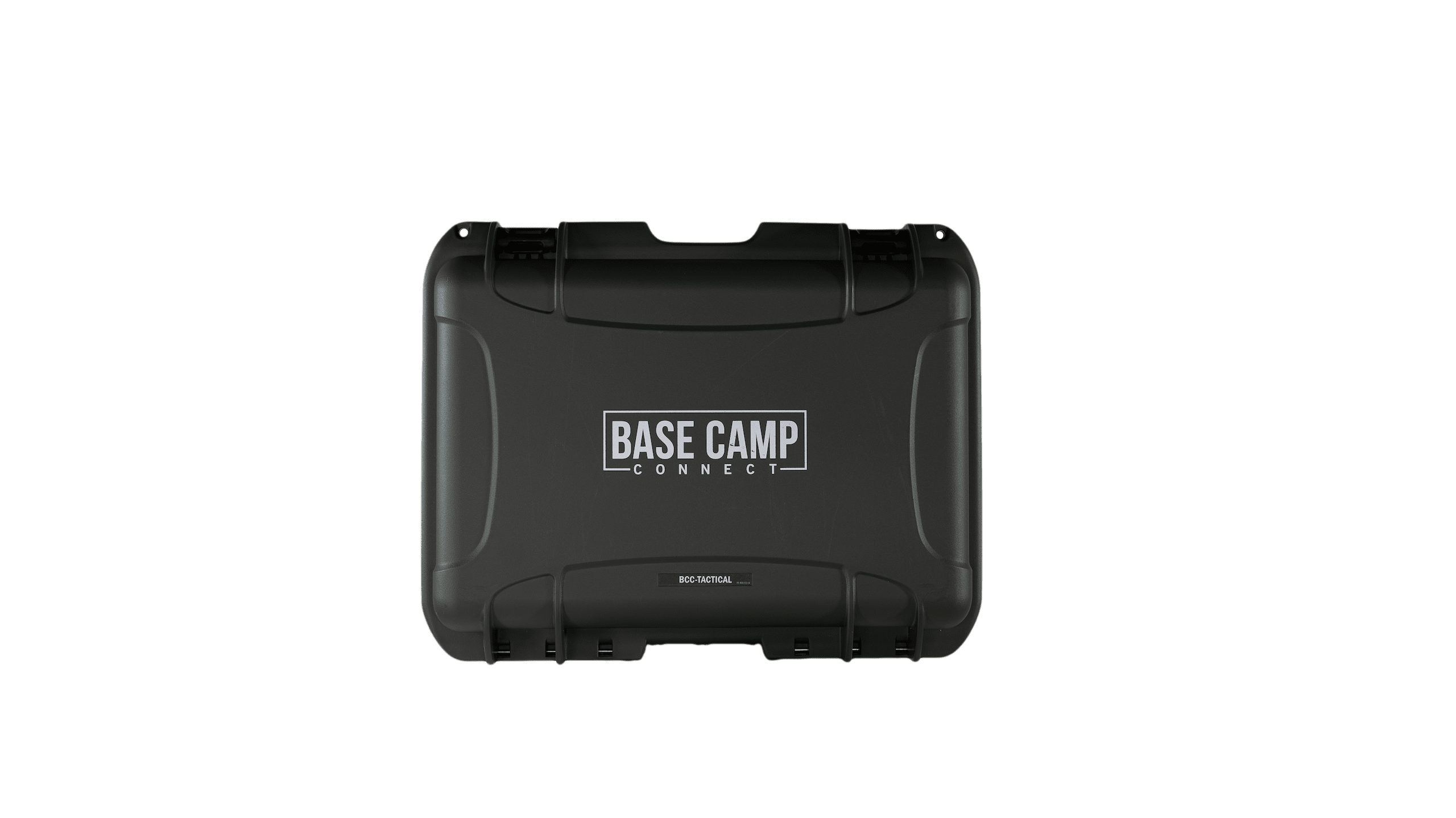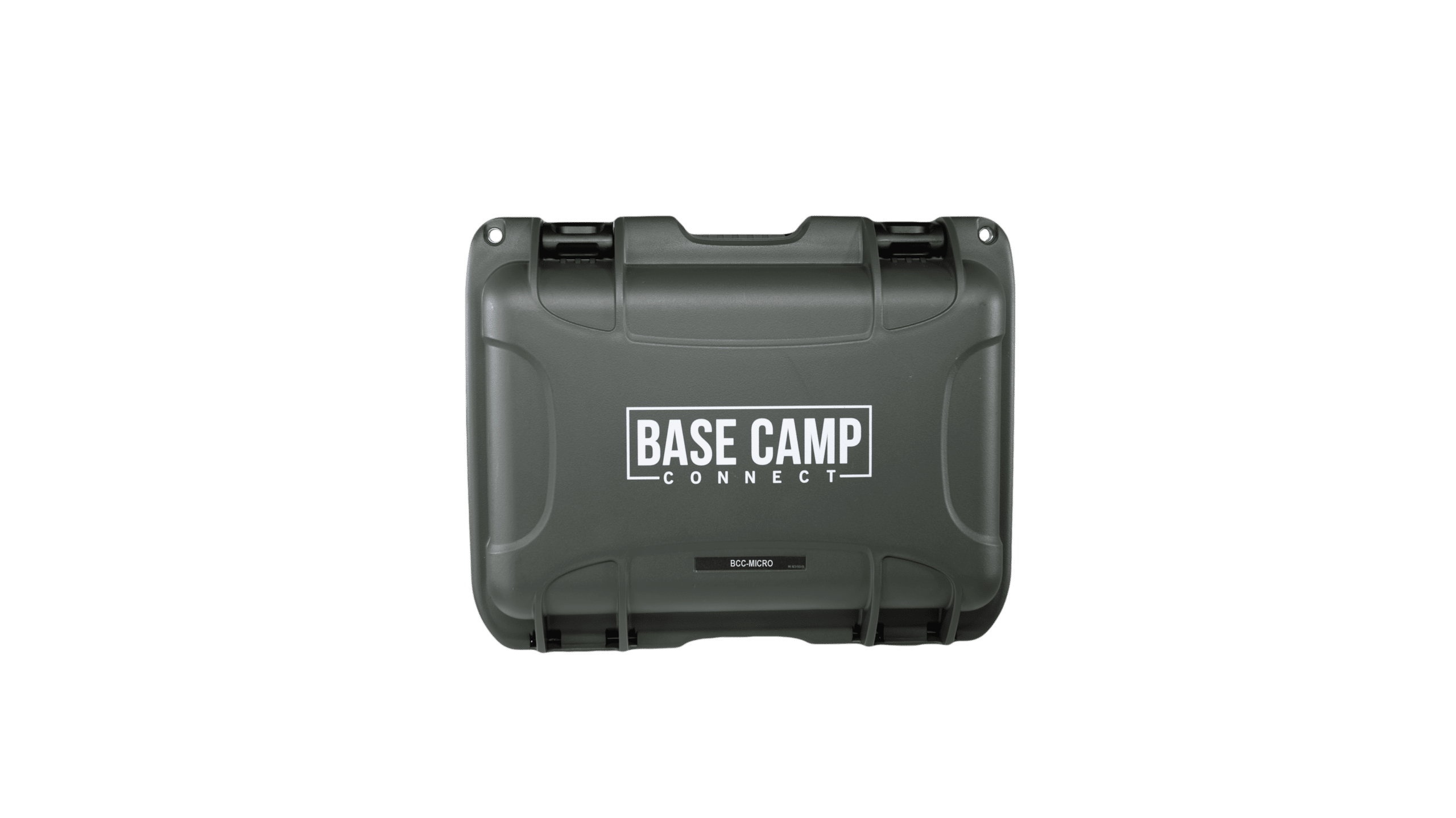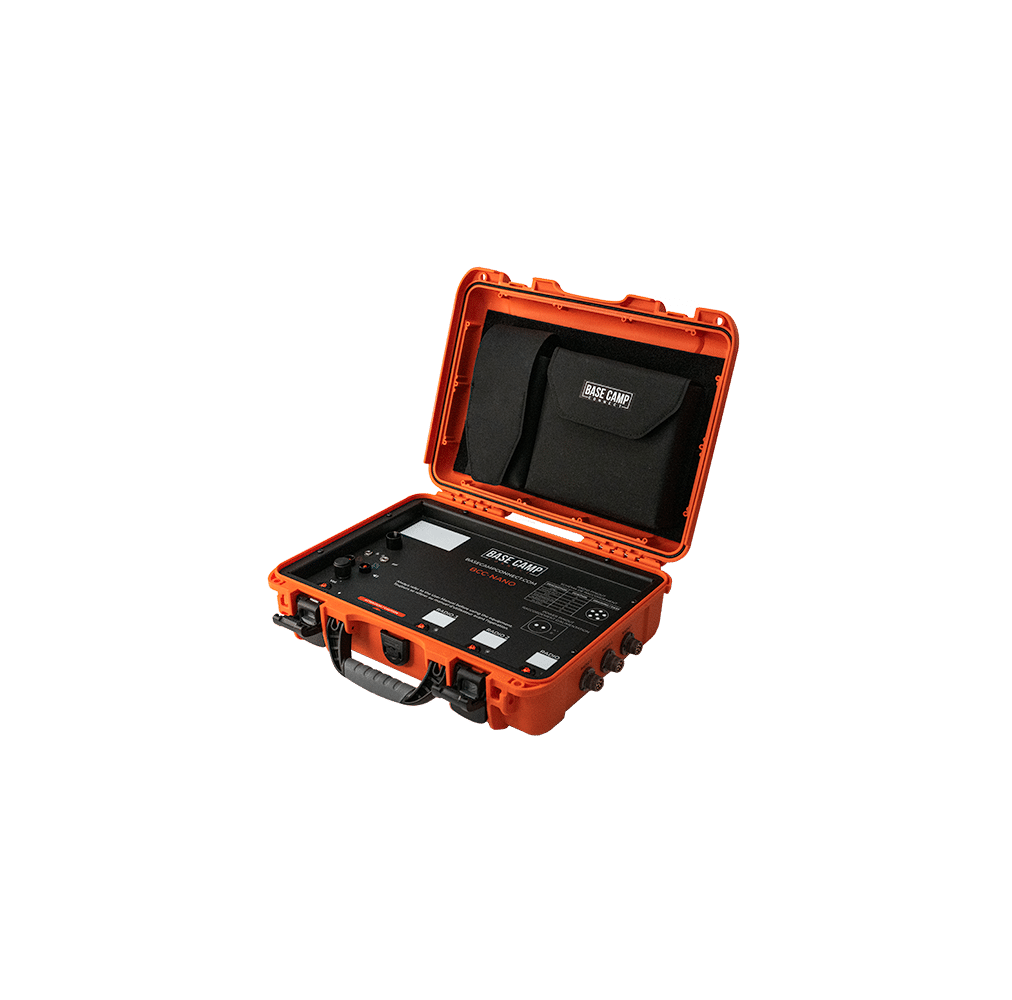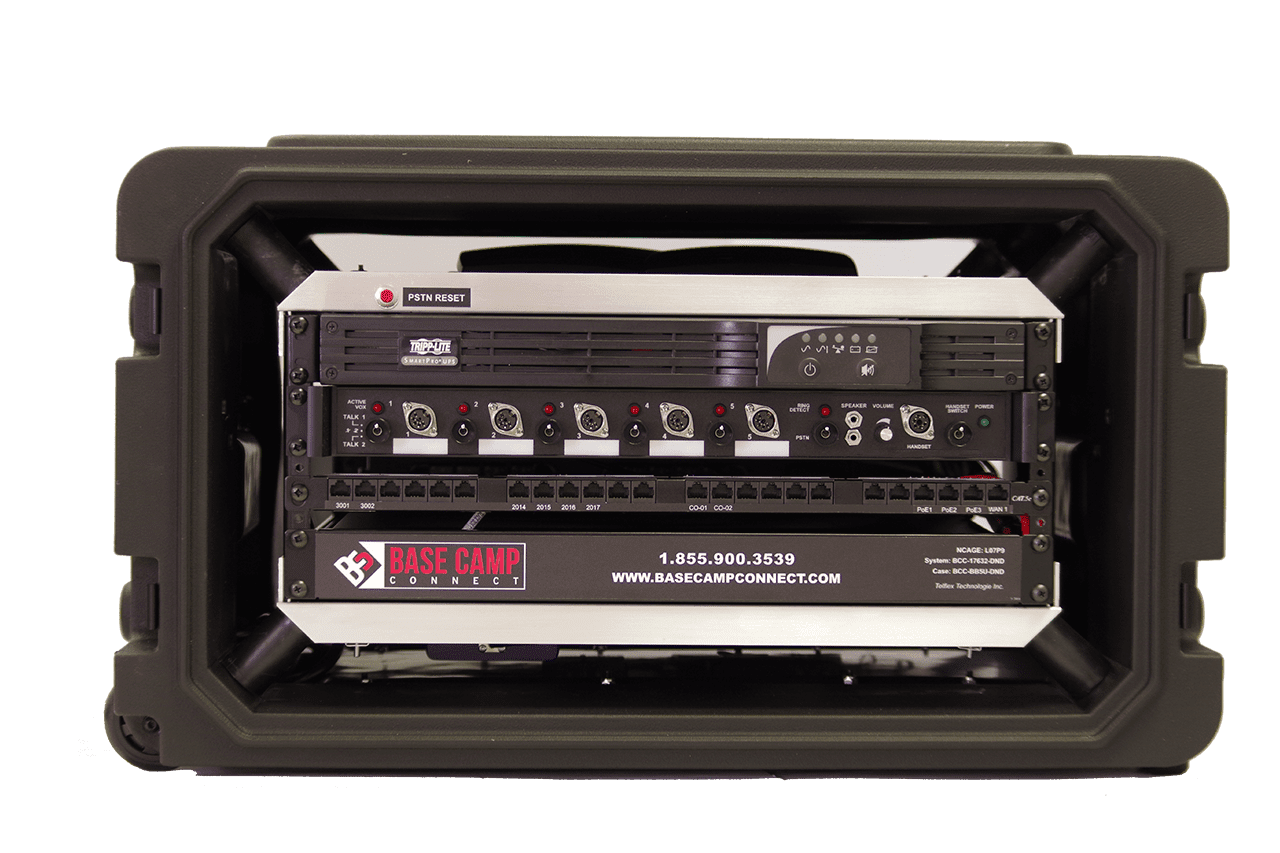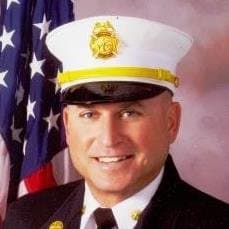The most important part of the grant application is the written narrative. This is your opportunity to tell the grant evaluators your story (that “painted picture”). Using the radio system example again, describe the challenges and barriers presented by your current system. Describe the adverse impact your current system is having on safety, effectiveness and efficiency as you provide emergency services. A good written narrative (as any good story does) answers the questions:
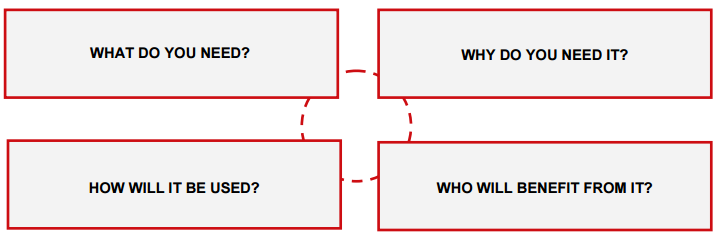
CLEAR, CONCISE WRITING
Make sure that every sentence in your proposal is clear and concise and makes a point. Construct those sentences so that any lay person or subject matter expert can understand the message you’re seeking to convey. When writing, avoid using jargon and acronyms as much as possible; when you must use an acronym, be sure to spell it out the first time you use it in your text, e.g., land mobile radio (LMR). Lastly, avoid complex sentence structures, especially “run on” sentences and pay close attention to proper grammar usage, punctuation and spelling.
CITATIONS WITH FACTS
When using facts or statistics to support your grant application, make sure that you provide a proper citation; be sure to follow any rules for citations, e.g. footnotes, endnotes, and bibliography, included with the grant’s application instructions. The ideal grant application will have a combination of data from local, state, provincial or federal sources, as well as other relevant empirical research that you find. When using such data, make sure that the data is important and relevant; don’t use data for the sake of using data. The data should support your request and demonstrate the local needs you’re addressing and how the problem is also relevant at a larger (regional, state, provincial or national) scale. Your good use of data shows those reviewing your grant application that you’re aware of the significance of the issue and that your proposed effort can be replicated in other jurisdictions.
COLORS, GRAPHS AND IMAGES
Avoid creating a written narrative that contains nothing but written text. It is easier than ever before to use colors, graphs and images to create a written narrative with visual appeal. Sure, quality writing, a clearly demonstrated need and staying within the financial parameters of the grant application are critical in determining whether you win an award, but don’t discount the importance of a proposal that is visually appealing. Don’t just insert photographs, graphs or charts in your grant application. A very successful technique used by professional proposal writers is using capture graphics. A capture graphic combines the textual with the visual:
• The graphic captures the reader’s attention.
• A well-written caption to the image immediately satisfies the textual learner.
• There’s linkage between the graphic and further text in the written narrative.
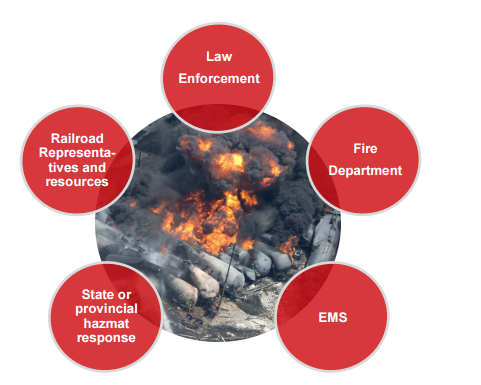
Figure 2. Incidents like a train derailment involving hazardous materials bring multiple agencies in response. Each agency has its own radio communications and wireless technology which makes it difficult to coordinate communications in an effective and efficient fashion.
Law Enforcement Fire Department EMS State or provincial hazmat response Railroad Representatives and resources Here’s an example of a capture graphic. The need for integrated communications is of paramount importance on the scene of a multi-agency and/or multi-jurisdictional response (Fig. 2). Without it, valuable time is wasted and the necessary coordination of resources delayed such that it never happens.
Peer reviewers are people too, and people process information in different ways. Some people are textual learners, others are more graphic learners and some learn best through a combination of text and visual. Your goal is to inform, educate and influence those reviewing your grant application so that they’ll approve your grant, right? So, why would you miss the opportunity to present your case so that your message gets across regardless of an individual’s learning preference?
See Related: Using Graphics in Page-Limited Proposals
Be sure, before you begin including any colors, graphs or images, that you carefully review the grant application’s instructions to make sure you follow any rules on the use of non-text components in your application. And when in doubt, always ask.
Don’t assume that the person(s) reviewing your grant application are subject-matter-experts (SME). A growing number of grant sources are using a peer review process for making grant awards. Once your grant proposal’s narrative is finished, have a lay reader (a non-SME) and a SME reader review it to make sure everything makes sense and is easy to read.
Have a disinterested third-party review your application before you submit it. Better yet, have two or three people who’ve not been involved in the process review it. It is surprising how easily we can skip over the simplest grammar, spelling and formatting mistakes when we are the person who wrote the text.
Once you’ve had your application reviewed and have made the appropriate changes, it’s time for the moment of truth: submitting your application.




